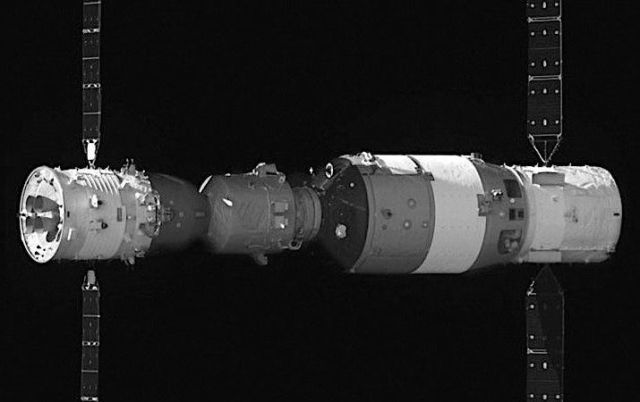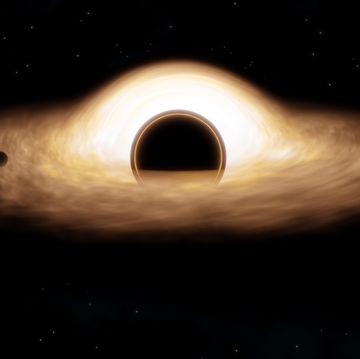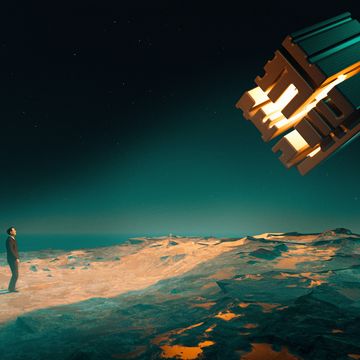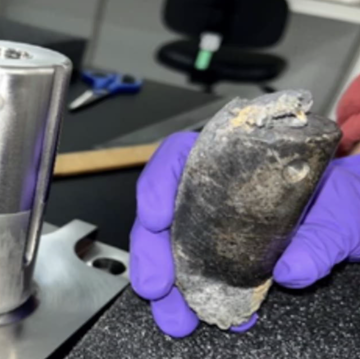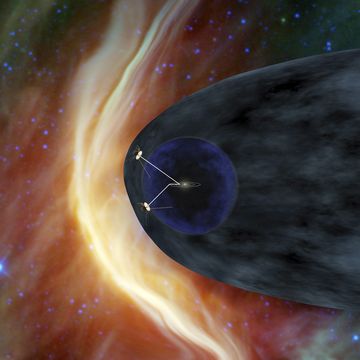Last year, China decommissioned its first space station, Tiangong-1, bringing its astronauts back to Earth. The plan was to gradually allow the station to deorbit, eventually bringing it down in a controlled descent over an ocean. But somewhere along the way, things went wrong, and China irreparably lost control of its station back in September of last year.
At the altitude where Tiangong-1 was placed, there's almost no atmosphere, so it took a long time for the station to lose the first few miles of altitude. But now it's much lower, and there's a good chance that the station will fall back to Earth sometime within the next six months.
"Now that [its] perigee is below 300km and it is in denser atmosphere, the rate of decay is getting higher," said astrophysicist Jonathan McDowell to The Guardian. "I expect it will come down a few months from now – late 2017 or early 2018."
It's nearly impossible to predict exactly when the station will come down, however. A lot depends on atmospheric currents and the exact speed and orientation of the satellite. The precise direction of the station and how much it's rotating are going to determine how quickly it slows down, and those factors are impossible to know or predict.
"Even a couple of days before it re-enters we probably won't know better than six or seven hours, plus or minus, when it's going to come down," says McDowell.
When it does finally come down, the station will break apart in the atmosphere and mostly disintegrate before it reaches the surface. Still, there's a chance pieces as large as 200 pounds could make it to the ground.
Luckily, the Earth is mostly water, and large population centers are spread thin, so there's a very small chance that someone will get hit. There have been a few uncontrolled station reentries in the past—most famously Skylab, which came down over the Australian outback and earned NASA a $400 fine for littering—but none of those have ever caused injuries or property damage.
Still, it can't hurt to look up every so often. Perhaps you'll see a space station deorbiting overhead.
Source: The Guardian
